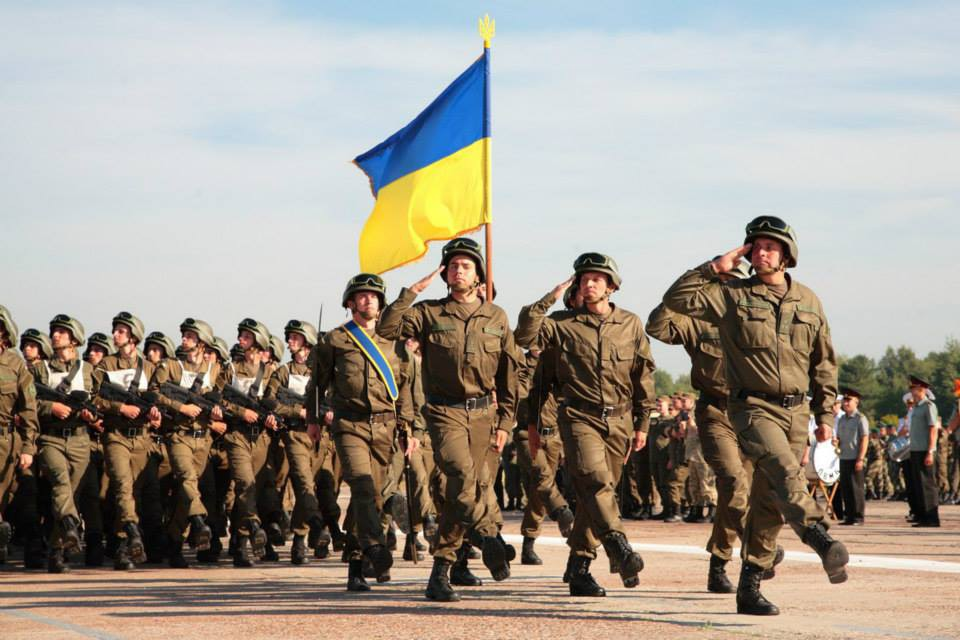


Vladimir Putin’s unprovoked war against the people of Ukraine shows the Russian military, at best, to be untrained and uncommitted. In some cases, they sabotage their own vehicles and otherwise block Russia’s attacks on Ukraine cities. Since the beginning of Russia’s attacks on Ukraine beginning February 24, it has been evident that Russian sponsored soldiers are “short on morale and weapons and have refused orders, sabotaged their own equipment, and shot down one of their own aircraft,” as reported to the Washington Post by Britain’s leading Secret Intelligence Service leader. Just who are these soldiers giving their lives while others sabotage Russian military ambitions? Russia’s war on Ukraine began in 2014 with its invasion of Crimea (against the will of the indigenous Tartar). The current conflict is clearly an extension into the heart of Ukraine, and from the beginning, nearly eight years ago, indigenous nations like the Tartar have been involved. Central Asian non-Russian communities have been particularly targeted since the region proffers a lack of job and income.
While many indigenous territories are rich in raw materials attractive to extractive businesses serving Russian exports including nickel, uranium, oil, and other minerals essential for military hardware, computer technology and oil enrichment indigenous peoples are not invited to benefit from this wealth. Since Russia’s government adopted in 2001 the “on the Territories of Traditional Nature Use” law stating the intention to ensure Indigenous peoples’ land-use rights on the land, not a single Territory of Traditional Nature Use has been established. As a result, many indigenous communities suffer from poverty, unable to fish commercially from their rivers without a state license.
An Uzbek driver accepted a three-month contract as a driver in exchange for Russian citizenship, housing, and a salary of 50,000 rubles a month (about USD 590 that shrunk from the 2016 value to USD 490 by 19 March). Others were offered “tents in the Moscow metro” where advertisements call for joining the “Volunteer Army of the Donetsk People’s Republic” and suspicious phone calls offering Russian citizenship for military service contracts.
There are no accurate figures for the number of indigenous peoples’ soldiers engaged in the Ukraine/Russia war on both sides. Still, since 20% of Russia’s population (29.234 million from 193 and more nations), it must be concluded that indigenous peoples’ soldiers make up a portion of the Russian arm. But there is growing evidence of Tartar, Tajik, Komi, and other indigenous peoples having their young men forced into the Russian military. Some also choose to join the Ukrainian army. It is increasingly apparent that Vladimir Putin’s army is less Russian and more non-Russian ensuring that Russian families do not criticize Putin for his failures. Soldiers’ commitment to Putin’s goals cannot be guaranteed.
It is fair to say that reports are probably accurate in telling us that most are lightly trained recruits “who don’t know the mission.” Interestingly, sizable numbers of Russian forces include indigenous nations’ young men recruited into the Russian Army, enticed by offers of Russian citizenship if they sign up. Or they were encouraged to take the USD 490 per month as their pay. Russia’s forces in Ukraine include men from some of the 193 indigenous nations with territories throughout the Russian Federation. Among the peoples “recruited” into Putin’s army are Tajiks, Chechens, Tartars, Cossacks, Kumyks, Abgazian, Ossetians, Komi, and Karelians. Some young men from Cossacks crossed the border into Ukraine and serve as soldiers in the Ukrainian defense.
When the Soviet Union collapsed in 1991, one reason offered for the collapse was soldiers’ unwillingness from many indigenous nations. The generals and majors controlling the army were all Russians, while lower-ranked soldiers were forced into service from many non-Russian communities. It would appear that Russian bigotry remains in place in today’s Russian army. Majors and Generals from Russia stay in Moscow “directing the war against Ukraine.” At the same time, lower-ranked officers and ordinary soldiers are left to fight against a disciplined and well-prepared Ukrainian army. Maybe as in 1991, the “non-Russians” forced into service by Putin are unwilling to fight and die for him or for Russia, and that can account for “Russian soldiers” sabotaging Russian forces.
The library is dedicated to the memory of Secwepemc Chief George Manuel (1921-1989), to the nations of the Fourth World and to the elders and generations to come.
access here